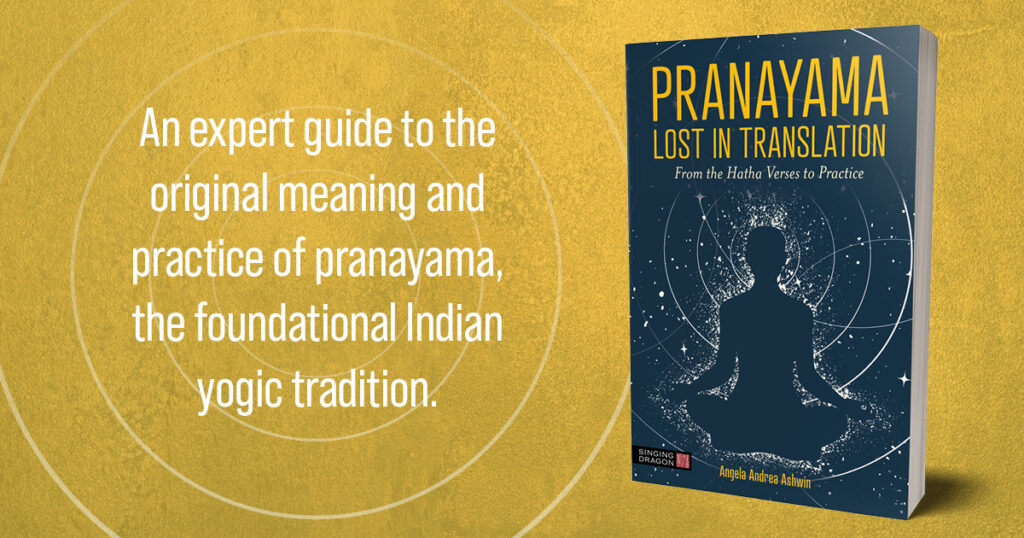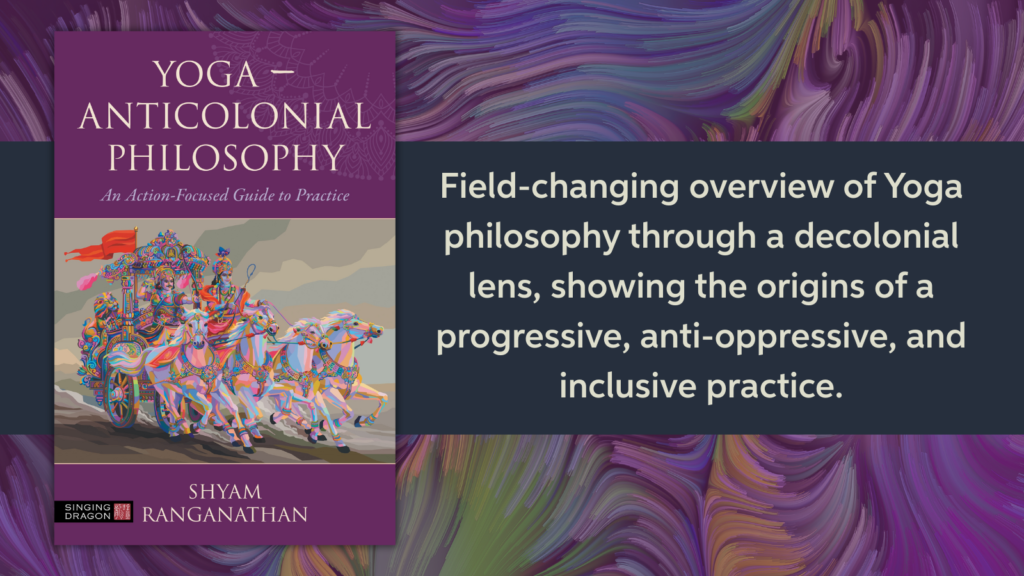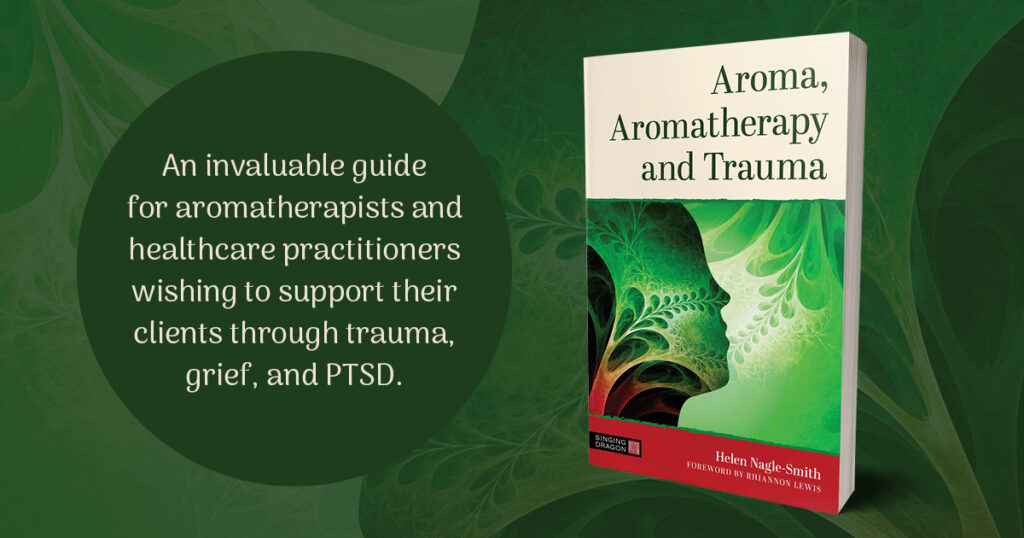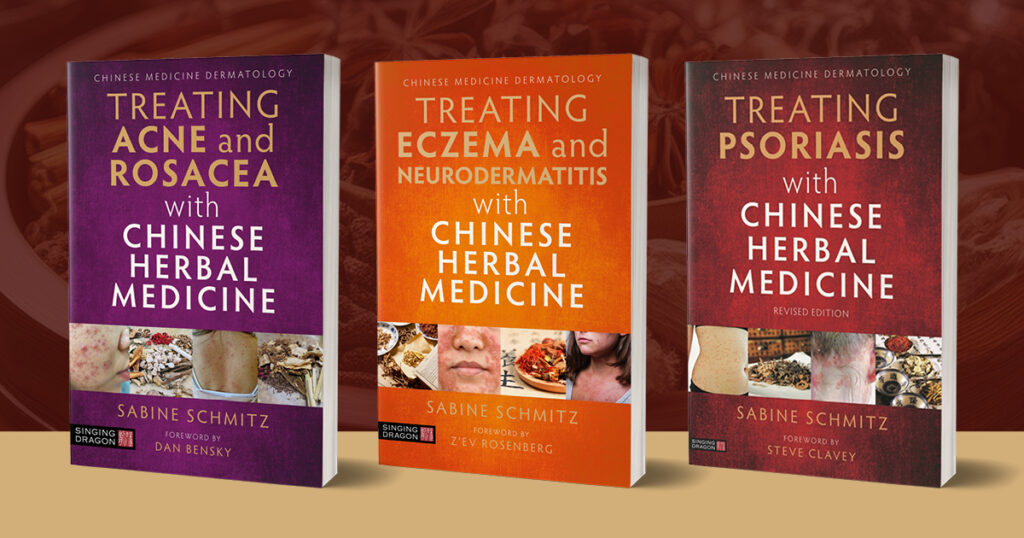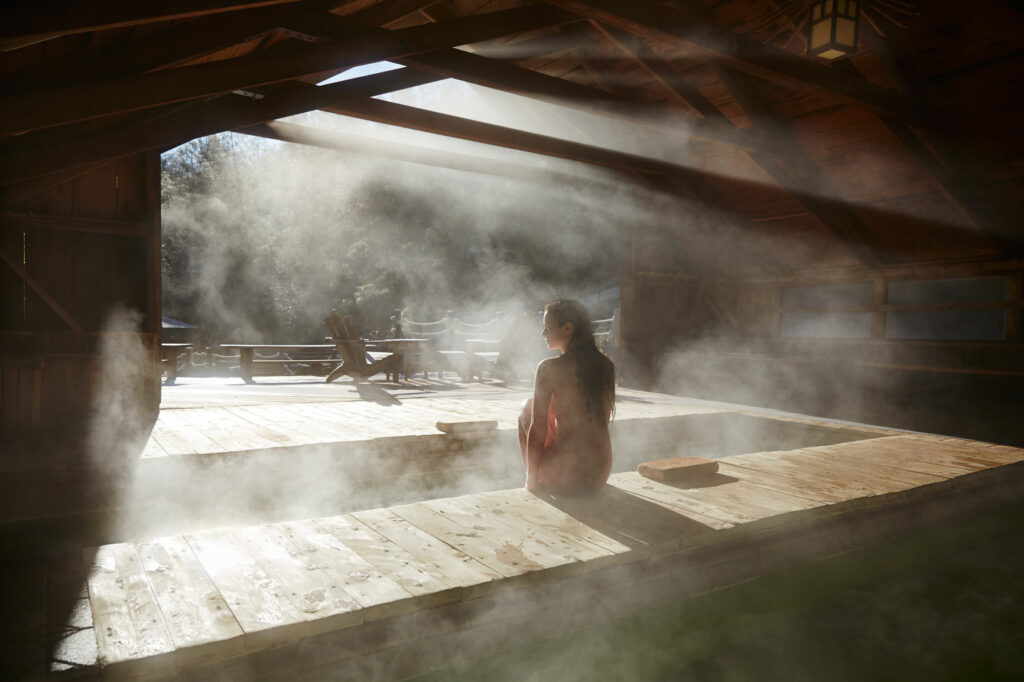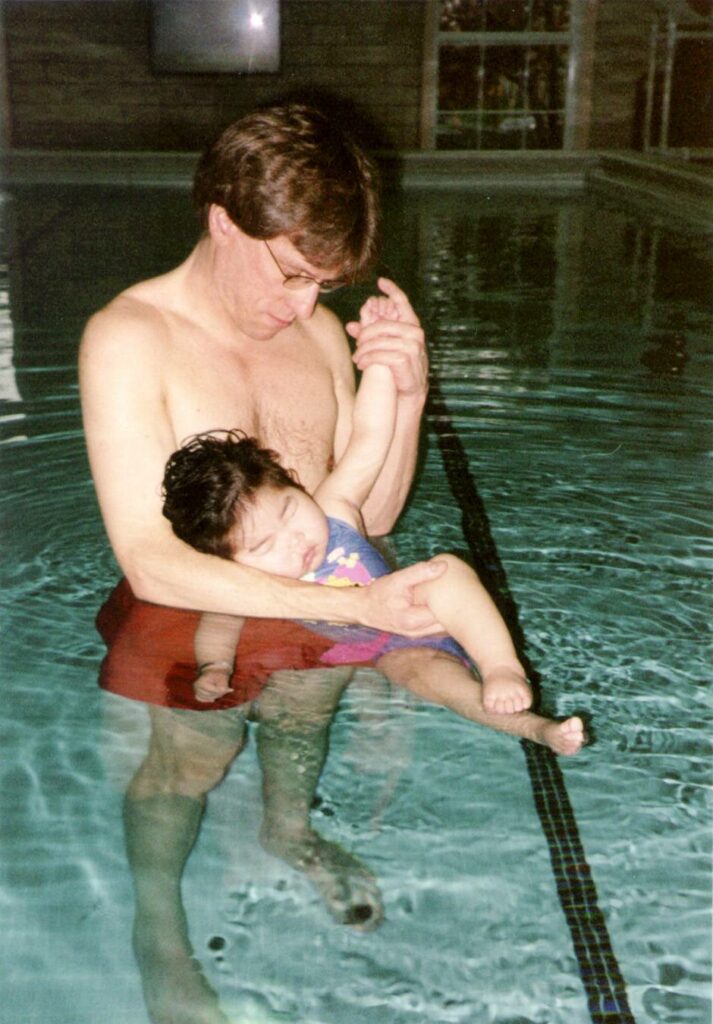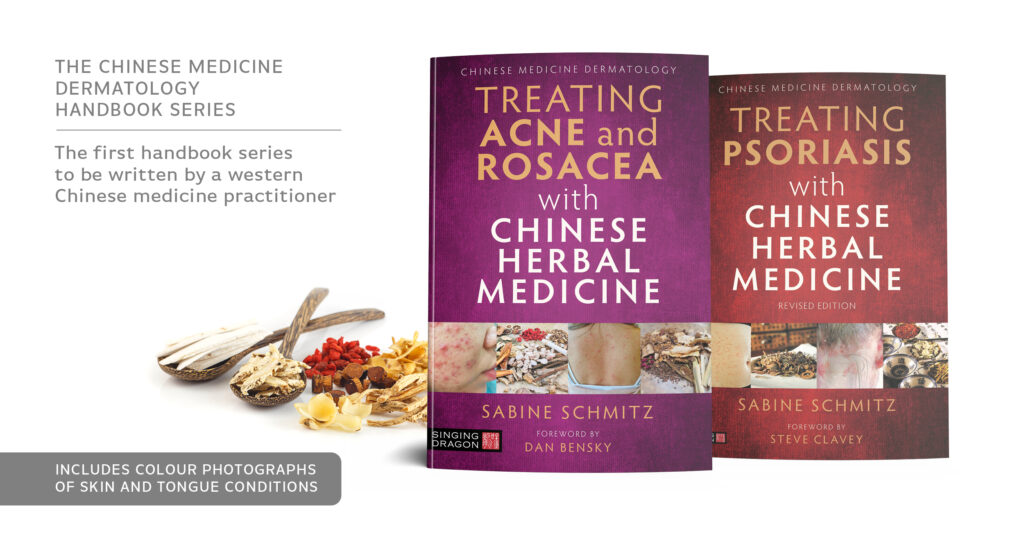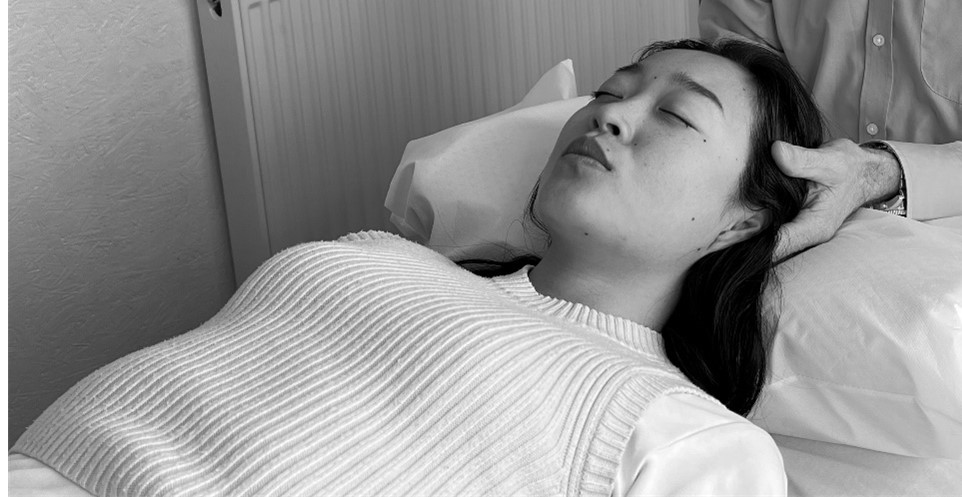My book “Pranayama Lost in Translation” is my attempt to remind Yoga teachers and practitioners that Pranayama is not a respiratory practice with health benefits but “Prana” (Life) – “ayama” (expansion), unblocking the aliveness within and as such a deeply spiritual process, a process of a much subtler nature that takes place in the pranic, not physical body.
We humans are restricted in our comprehension of the truth, but it is in our nature to attempt to comprehend. Each culture chooses angles for exploration and each culture comes to different insights, all incomplete but all valuable. The way the West understands existence and the universe has its origins in ancient Greece, and has spread all over the world in the last centuries. It has unfortunately suppressed other ways and categorised many of them as false or superstitious. The Western way is one way, but there are many others and each way leads to realisations. They differ; none is right and none is wrong. The Western way uses analytic thought and observation via our five senses to gain deep insights concerning the material form. However, there is more than just the material form, which was of little interest for the Indian Yogis. Their focus was directed to the invisible, intangible, unthinkable realms. Indian Yoga set out to discover consciousness – Jnana Yoga -; the structure of mind and the methods of controlling it – Raja Yoga -; also the fluctuating, invisible, intangible process of life (Prana) – Hatha Yoga -. The West gained insight of details of the physical body that India never achieved, but could not formulate a concept of the phenomenon “Life” as it cannot be touched, cannot be seen or heard or measured and so is out of reach for Western methods. The West decided not to ask the question what “Life” is, but Life is, no question. India experienced Life by directly perceiving it with an undistracted focus. India observed Life, understood its nature, found methods to expand (ayama) it and gave the experience a name: “Prana”. What distinguishes a dead from an alive body? Something is missing, something has departed, something which entered at the beginning of life and its departure marks death. During a lifetime it is present, it is a phenomenon within all living beings, all have Life and this Life is neither ample nor too little, there is no need to replenish it. It exists in our inner body, the pranic body. However, this pranic body is blocked and Life cannot fully expand. The Yogis found methods to unblock the inner, pranic body to help Prana to expand into its full potential.
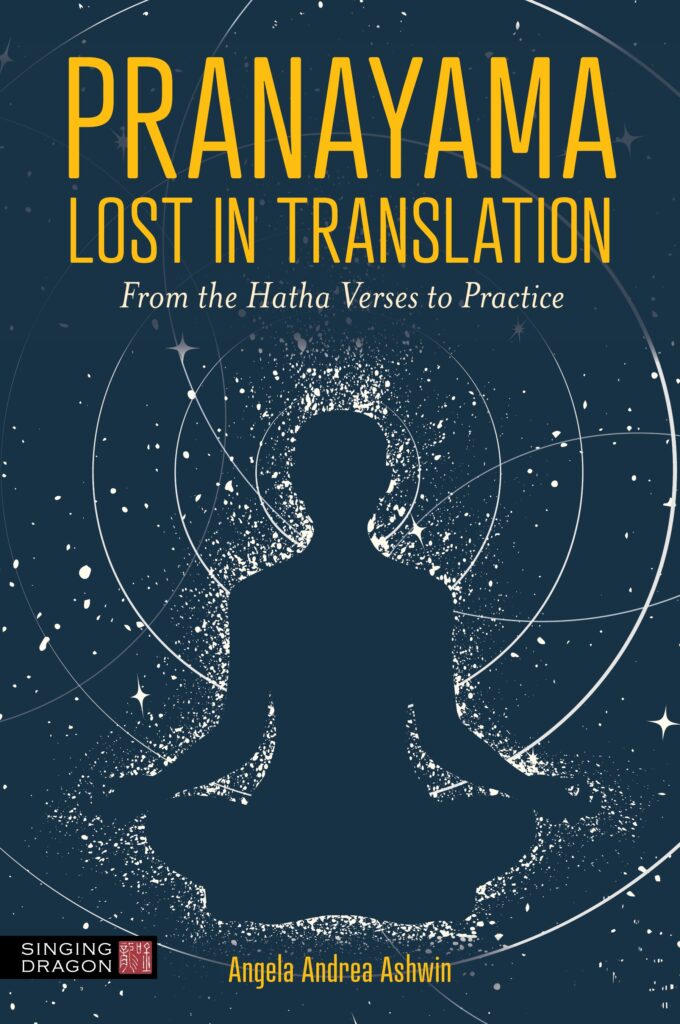
“The nadis are full of impurities…therefore practice pranayama daily to purify the nadis from impurities.” (Hatha Yoga Pradipika, 2, 4+6)
Continue reading